Requirement
- 3 images
Purpose
- To consider human impact on land in landscape photography
- To explore one's stance to this widespread phenomenon
Technical learning
- Liz Wells cites a definition of landscape in Land Matters: 'vistas encompassing nature as well as human impact in the natural world'
- No agreed standard about the boundary between landscape, the natural world as altered by man, and social documentary, the urban environment containing the remnants of the natural world
- In Britain, the landscape almost always involves a choice of the extent to which to include the marks left by man, since few areas remain in their natural state (contrast with the pristine wilderness of the American West captured by Ansel Adams)
- Some issues: is a modern version of the rural idyll of Constable acceptable? Is commuter-belt scenary in or out?
Exercise instructions
- Take at least 3 images in different places of clearly man made landscapes, without people featured prominently in them
- Decide in each case the impression, information and opinion that you wish to convey, and explain
Images and Review
 |
| Rochester, Kent Graffiti and dock buildings contrast with radiant summer sky and distant woodland |
 |
| Blackdown Hills, Somerset Disused land, barbed wired and junked tyres from tractors in an area of otherwise natural beauty |







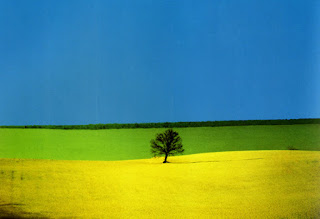







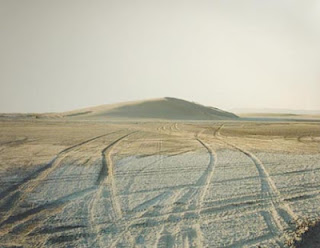


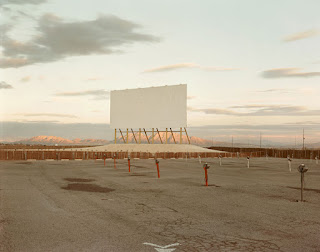
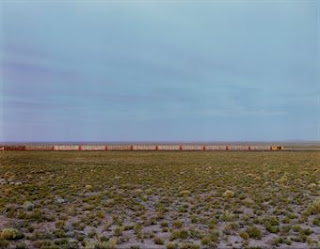
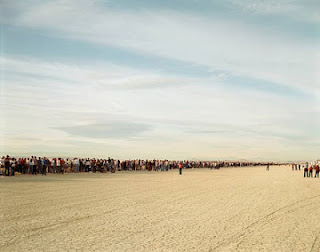+Richard+Misrach.jpg)